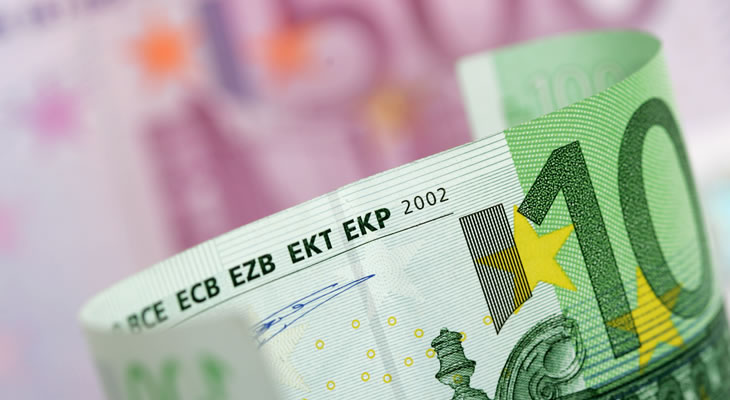The Pound’s resilience increased on Wednesday afternoon as investors readjusted on key currency levels ahead of the key economic weeks ahead.
Investors seemed more determined to keep the Pound above levels of key psychological support, meaning EUR GBP fell back closer towards 0.89.
The Euro performed strongly throughout Wednesday too, but despite grim UK economic forecasts the Pound recovered from its worst levels, adding to hopes that the British currency would be able to avoid falling to parity against the Euro in 2016.
(Published 09:46 BST 26/10/2016)
While you may have seen headlines stating that you can get less than a Euro for your Pound at some airports, the interbank Euro Pound exchange rate remains at 0.89. However, is it possible the pair could reach parity? While many have claimed it is likely, some have suggested it may even be possible before New Year.
Euro (EUR) Exchange Rates Held Back by European Central Bank (ECB) Easing Bets
While Euro exchange rates currently have more potential to advance than Pound exchange rates, the shared currency has its own obstacles to deal with.
Last week’s comments from European Central Bank (ECB) President Mario Draghi indicated to markets that not only was tapering of stimulus packages unlikely, the bank may even consider further easing measures as soon as December.
Draghi stated the bank’s policymakers would look at economic data published between then and the 8th of December meeting before deciding whether or not further action was needed.
This left many investors betting that an extension to the bank’s current quantitative easing scheme was likely, which has kept pressure on the Euro for the last week despite optimistic economic results, such as Eurozone PMIs coming in above expectations in October.
Pound (GBP) Struggles to Advance on British Data
The Pound’s issues are more considerable than the Euro’s however, as recent weeks have seen the British currency make few data-inspired moves.
GBP investors seem reluctant to move in response to anything but British political news at the moment, especially if that news is Brexit-related. Sterling’s only weekly advance in over a month was due to news that MPs would be able to vote on the final Brexit deal at the end of negotiations, for example.
This is due to the fact that the British data has been collected before the Brexit process has actually begun, with many analysts claiming Britain’s economic growth had not been hugely affected by the vote itself.
Instead, investors are looking ahead with concern to a post-Brexit Britain without access to the European Union’s single market, which has kept considerable pressure on Sterling in recent months.
Euro Pound Sterling Long-Term Forecast: ECB Concerns Could Leave GBP Treading Water
While it’s certainly possible that the Euro Pound exchange rate could hit parity by 2017, fears of further Pound plummets over the next two or three months may be overblown.
Low demand for the Pound is likely to remain, but the British currency appears to have found various levels of key psychological support.
It could also be argued that Pound investors have already worried about all there is to worry about.
The biggest threats to Pound value in coming months is more concrete news that Britain will be unable to maintain access to the European Union’s single market post-Brexit, but uncertainty could actually be the Pound’s friend in this case as this is unlikely to be known in the short to mid-term.
As seen in the last week, strong Eurozone data isn’t making for a bullish Euro as ECB bets weigh on the shared currency. This means that even if EUR GBP advances considerably throughout November, it could plummet again if the ECB extends its QE program in December.
As it stands, the Euro’s advance potential is limited by ECB easing concerns while the Pound’s fall potential is limited by key psychological support levels.
The Euro Pound Sterling exchange rate trended in the region of 0.89 at the time of writing, while the Pound Sterling Euro exchange rate traded at around 1.11.


Comments are closed.